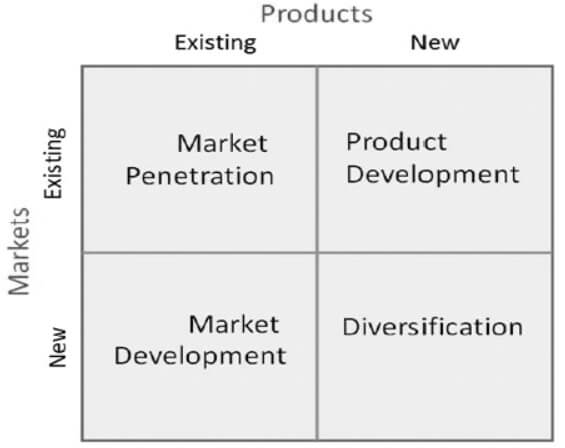Retail Market Segmentation
Market segmentation gives a practical understanding of the retail clients’ necessities. With the unique comprehension of business sector division, retail managers and marketing personnel can formulate strategy to contact the clients with particular needs and preferences.
“Market segmentation is the natural result of vast differences among people.”
Table of Content
Types of Retail Markets
There are two types of retails market:
Organized Retail
Organized Retail refers to the set-up of any retail chain supported by a well defined Supply Chain which usually has a small number of middlemen when compared to the unorganized sector.
Unorganized Retail
Unorganized retailing” is defined as an outlet which is run locally by the owner or the caretaker of a shop who lacks the technical and the accounting standardization. The supply chain and the sourcing are also usually done locally to meet the local needs.
Retail Strategy
It is an arrangement planned by a retail association on how the business means to offer its items and services to the clients. There can be different systems, for example, stock methodology, own-image technique, advancement procedure, to give some examples.
Strategies for Effective Market Segmentation
Concentration (Niche) Strategy
Under this methodology, an association centres following expansive offer of one and only or not many segment(s). This procedure gives a differential preferred standpoint over contending associations which are not exclusively focusing on one section. For instance, Toyota utilizes this technique by offering different models under half breed vehicles market.
Multi-segment Strategy
Under this procedure, an association centres its advertising endeavors on two or more unique business sector fragments. For instance, Johnson and Johnson offer human services items in the scope of child consideration, healthy skin, nutrition, and vision watch over clients of any age.
Strategies for Market Penetration
Market penetration strategies include the following:
Price Penetration
It is setting the cost of the item or administration lesser than that of the contender’s item or administration. Because of diminished cost, volume may build which can keep up a respectable level of benefit.
Aggressive Promotion
Expanding item or administration advancement on television, print media, radio stations, messages, pulls the clients and drives them to view and profit the item or administration. By offering rebates, different purchasing plans alongside the additional advantages can be helpful in high market entrance.
High Product Distribution
By appropriating the item or administration up to the level of immersion helps entrance of business sector in a better way. For instance, Coca Cola has a high dissemination and is accessible wherever from little shops to hypermarkets.
Growth Strategies
Ansoff’s Matrix: An American arranging master named Igor Ansoff built up a key arranging instrument that presents four option development procedures. On one measurement there are items and on the other are markets.

This matrix provides strategies for market growth. Here is the sequence of these strategies:
- Market Penetration: The company concentrates on offering the current items or administrations in the current business sector for higher piece of the overall industry.
- Market Development: Company concentrates on offering existing items or administrations to new markets or market portions.
- Product Development: The company takes a shot at advancements in existing items or growing new items for the current business sector.
- Diversification: The company deals with growing new items or administrations for new markets.




